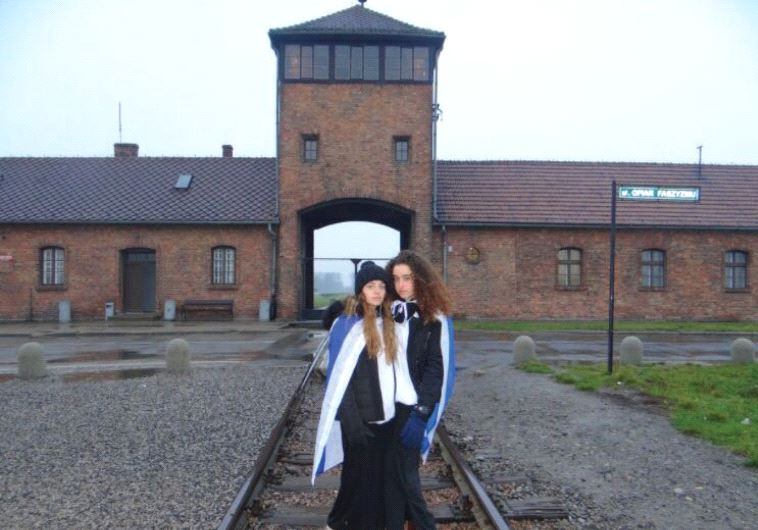Sharing a deeply personal experience
I was born in Antwerp, Belgium, and fortunate enough at the age of four, on the eve of World War II, to have been taken by my parents to Australia.
 ABIGAIL LEIBLER and No’a Ehrman-Loebenberg on a trip to Birkenau, earlier this month
ABIGAIL LEIBLER and No’a Ehrman-Loebenberg on a trip to Birkenau, earlier this month